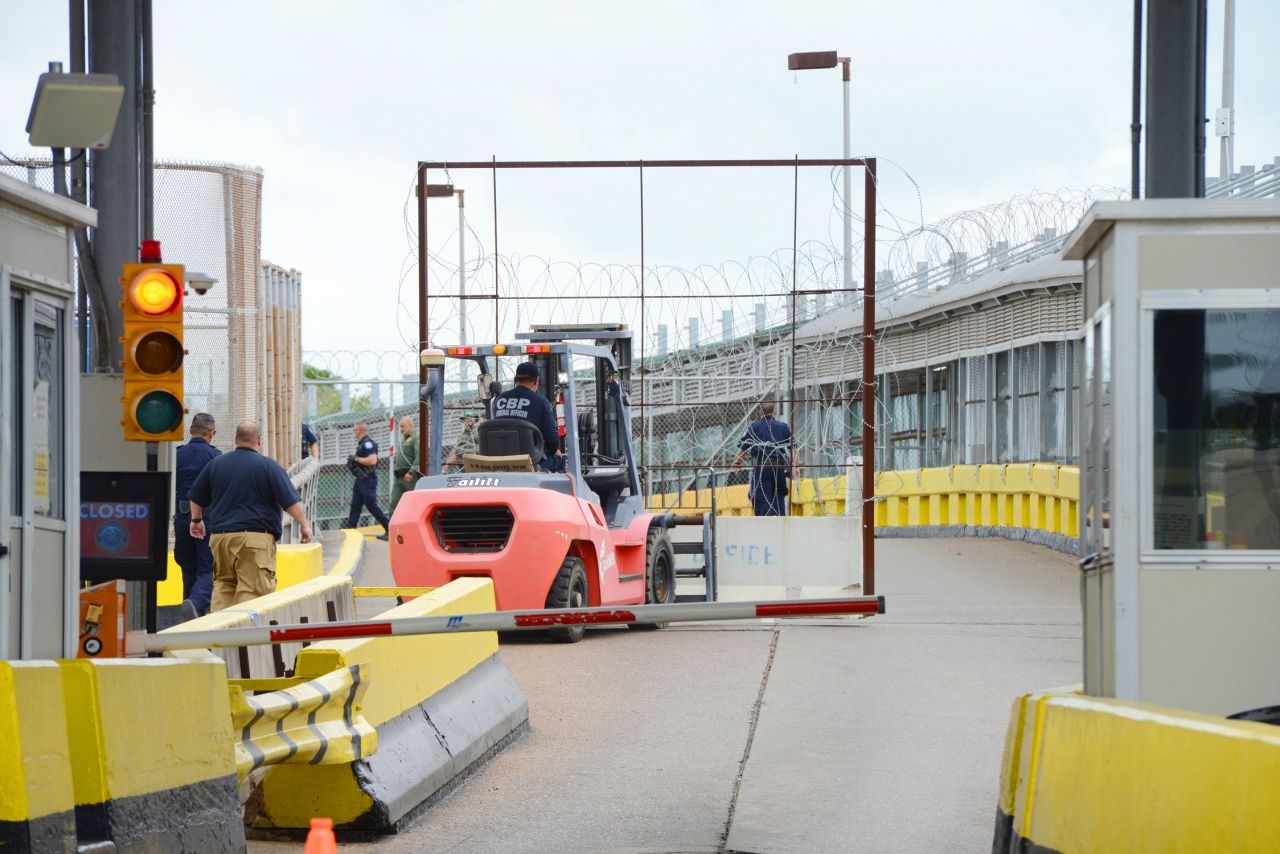Biden rule limits asylum as White House grapples with end of Title 42
The Biden administration is set to dramatically limit asylum in the wake of the expiration of Title 42, rolling out a new rule Wednesday that mirrors a Trump-era policy requiring migrants to first seek and be denied asylum in another country before attempting to do so in the U.S.
The rule comes as Title 42, which allows for the rapid expulsion of migrants without letting them seek asylum, will expire Thursday.
Taking aim at those who travel through Latin America and other parts of the globe on a journey to the U.S., the rule requires them to first seek protection in another country along the way that offers asylum.
“We are finalizing a new rule to encourage individuals to use available lawful, safe and orderly pathways to enter the United States. The rule presumes that those who do not use lawful pathways to enter the United States are ineligible for asylum,” Homeland Security Secretary Alejandro Mayorkas said in a Wednesday press conference.
Those who do not are presumed to be ineligible for protections in the U.S. — a decision they can appeal but one that kicks off a more arduous process for securing asylum.
Critics say the plan mimics the so-called transit ban put in place and later struck down in court under the Trump administration.
Few other countries have a robust asylum system, with some countries in Latin America having just a handful of asylum officers on hand to review cases.
The American Civil Liberties Union (ACLU) successfully challenged the policy under the Trump administration, and hinted it may do so again.
“President Biden just ushered in a new period of immense suffering for people already enduring violence and persecution. He has closed off the possibility of asylum in the United States to the majority of people seeking safety – in contradiction with our nation’s laws and values. In doing so, he is finishing Trump’s job rather than fulfilling his own campaign promises,” Jonathan Blazer, director of border strategies at the ACLU, said in a statement.
“This is a somber day for our country and for refugees in desperate search of safety, but the fight is far from over.”
The rule, which will go into effect just before midnight Thursday, is being paired with numerous other efforts by the Biden administration.
The Department of Homeland Security plans to return to Title 8 processing of migrants, the system that still allows for expedited removals but comes with a paper trail that identifies repeat crossers and places a five-year bar on reentry.
The administration is also opening up regional processing centers in locations throughout Central America, allowing migrants to learn whether they are eligible for a legal pathway of entry into the U.S. before completing the journey.
The administration has also created a program that allows citizens of Cuba, Venezuela, Nicaragua, and Cuba to come to the U.S. on a temporary basis if they secure U.S.-based financial sponsors.
It’s also planning to expand appointments to claim asylum through the Customs and Border Protection app CBP One, which to this point has failed to live up to its aim of increasing efficiency for border officials, instead being glitch-ridden and difficult for migrants to use.
But failure to use those pathways — already restricted to a limited number of people — will close out others.
“Despite this longstanding legal right [to asylum], the Biden administration has argued that the asylum ban is justifiable due to an expansion of alternative immigration pathways,” Lutheran Immigration and Refugee Service said in a press release.
“However, the humanitarian parole program is only open to a select few nationalities and faces litigation in federal court; regional processing centers in Latin America are not expected to be immediately operational; and the CBP One application has been plagued by technical glitches and overwhelming demand.”
The limited pathways are being combined with a reinforced border. The administration will surge resources to the border to improve processing efficiency, a senior administration official said. The steps being taken include sending 24,000 law enforcement personnel and 1,100 new border patrol processing coordinators to the U.S.-Mexico border.
Source: The Hill


